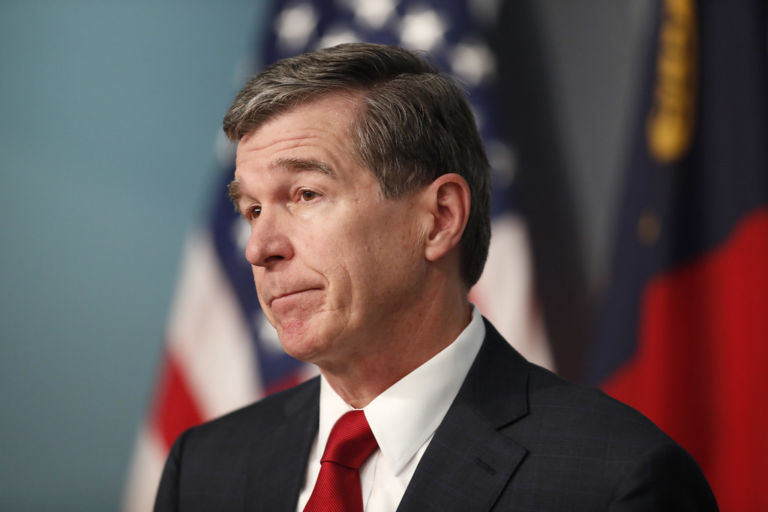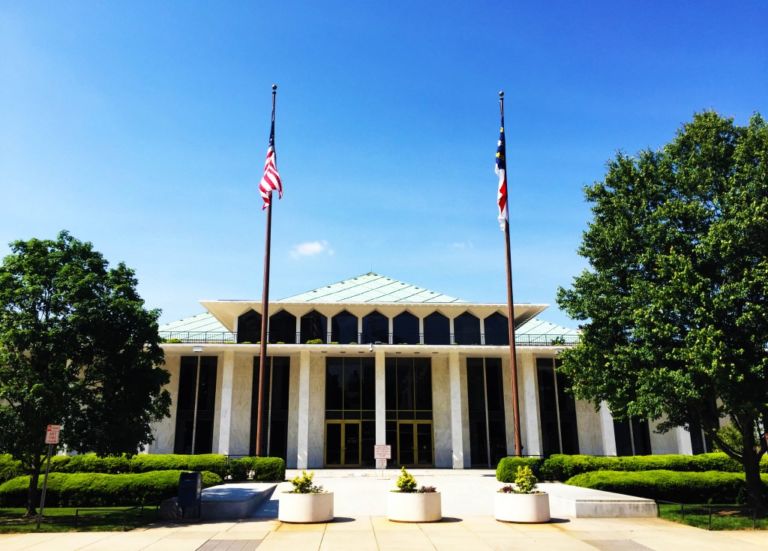House Bill 589 would be a major restructuring of energy policy in our state, writes JLF’s Jon Sanders. He provides a look into select aspects of the bill here. Summary:
For consumers, the most important piece of this bill is Part I, which addresses North Carolina’s significant problem with PURPA contract lengths and qualifying facility sizes. It does not address North Carolina’s high avoided-cost rates, however.
Part II, which sets up a competitive bidding process for basically all expected renewable energy capacity in the near future, would offer renewable energy facilities a very cushioned landing from the PURPA reform. Its ultimate effect on consumers would depend on how far below current avoided-cost rates renewable energy facilities bid. Right now, those rates are the highest in the region.
Part VI regarding third party sales and net metering also expands choice and competition for consumers in ways that avoid problems many other states’ programs have suffered from.
The lack of a cap and sunset of the Renewable Energy Portfolio Standards mandate is a key oversight. Its absence factors in some of the bill’s sections.
Most of the other policies in this bill are geared toward helping solar energy facilities with a little boost for unworkable hog and poultry waste energy facilities.


